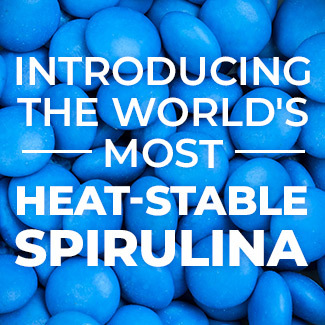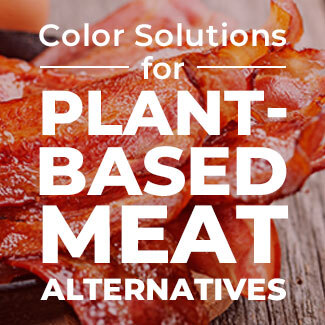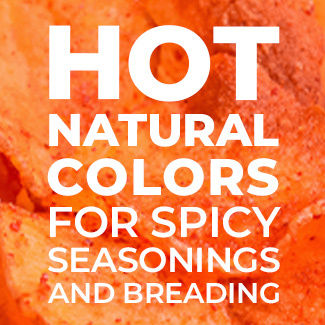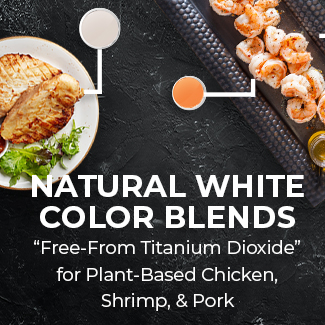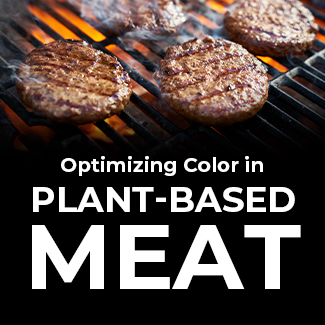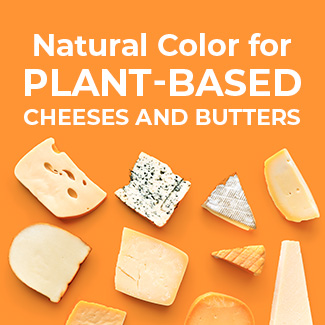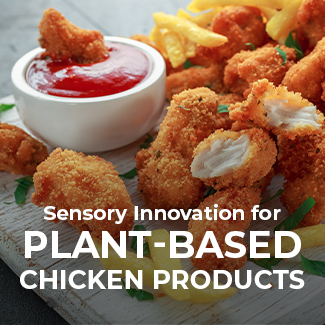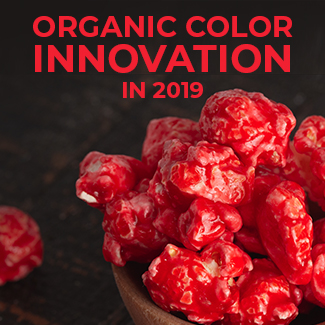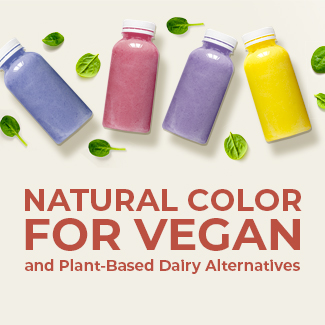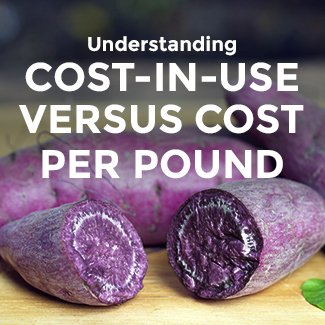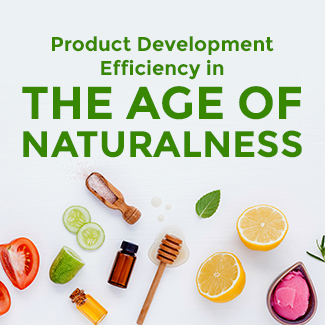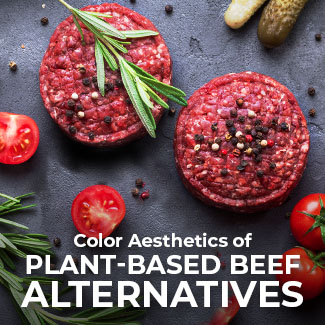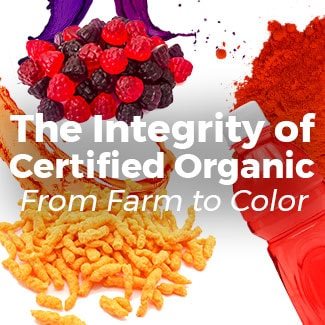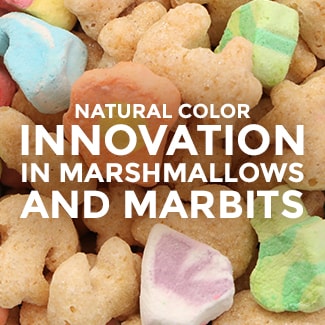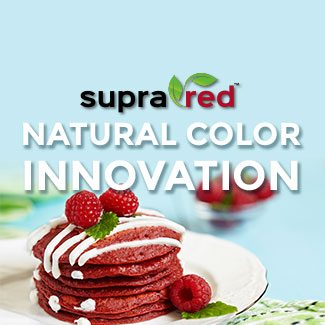Sensory Solutions for Plant-Based Meat Analogues
Say Aloe to the Plant-Based Meat Revolution
It seems every day brings a new article on the motivations and progress of the plant-based meat analogue market.

Saying “everyone is doing it” would inevitably be a logical fallacy, but there are a great deal of companies that are investing and innovating in this space to convince me otherwise.

Whether motivated by dietary lifestyle, environmental sustainability, health aspirations or animal welfare, half of meat alternative buyers ate MORE meat alternatives in the past year and nearly 40% ate LESS animal meat (Numerator, 2019). Consumer demand not only continues to fuel growth in this category, but also the ability to patent meat substitute products makes the category highly attractive to investors.
However, the sensory component of developing visually appealing and great tasting meat analogues with acceptable mouthfeel presents a potential barrier to enter this market—these are highly technical and challenging products for food scientists.
Lettuce Innovate Simply without Compromise
For many R&D working on plant-based meat analogue products, the task at hand is creating an alternative that looks, tastes, and smells just like the real thing. “The goal for Impossible Foods was to have an uncompromisingly delicious meat without using animals,” said founder, Patrick Brown. Collaborating with ingredient suppliers like Sensient who have extensive experience in creating turn-key, natural sensory solutions that are compatible and stable offers a huge technical advantage to both small and large companies innovating in the plant-based meat space.
In order for product developers to give their end consumers a delicious, plant-based meat experience without sacrifice, it’s important to understand how consumers arrive at the decision of deliciousness. While 52% of consumers indicate taste as a key driver of purchase intent, it’s actually more important for repeat purchases (Mintel, 2019). Visual appeal is what’s critical for initial purchase, because consumers first eat with their eyes, and then move onto the other senses like smell, taste, and mouthfeel.

In fact, ingredients like natural beef flavor or natural griddled bacon flavor are not as simple as the way they “taste”, because other senses like sight can dominate consumers’ interpretation of “taste”, especially when the product does not “look” like how it should “taste”.
Understanding this relationship between the senses and how ingredients like natural flavors, colors, and taste technologies all work hand-in-hand to help consumers arrive at the decision of “delicious taste” is very important knowledge for product developers of any category, especially plant-based meats trying to mimic the experience of animal protein.
A Holistic Solutions Approach to Plant-Based Meat Development
Sensient approaches sensory solutions for plant-based meat analogues as a consumer would experience the product, starting with their eyes.

SIGHT: PLANT-BASED MEAT ANALOGUES THAT LOOK RADISHING
The visual aesthetics of plant-based meat analogues vary on a few things…

Type of animal meat being mimicked

Shade of the starting base material

Visual preference
To maintain a simple, plant-based ingredient statement, food color from botanical sources is the obvious option, and luckily, there are solutions available to address the three variables mentioned above.
VISUAL PREFERENCE
RAW PINK/RED AND COOKS TO BROWN

SOLUTIONS(S):
Blend of pH-stable red and brown botanical juices
EXAMPLE:
Sensient’s highly concentrated beet juice and cost-effective Sienna™ fruit juice blend
VISUAL PREFERENCE
RAW PINK/RED COOKS TO BROWN BUT CENTER REMAINS PINK

SOLUTIONS(S):
Blend of pH and heat-stable red and brown botanical juices
EXAMPLE:
Sensient’s heat stable SupraRed™ beet juice and cost-effective brown Sienna™ fruit juice blend
Sensient’s heat-stable SupraRed™ beet juice and standard highly concentrated beet juice
VISUAL PREFERENCE
RAW PINK COOKS TO WHITE
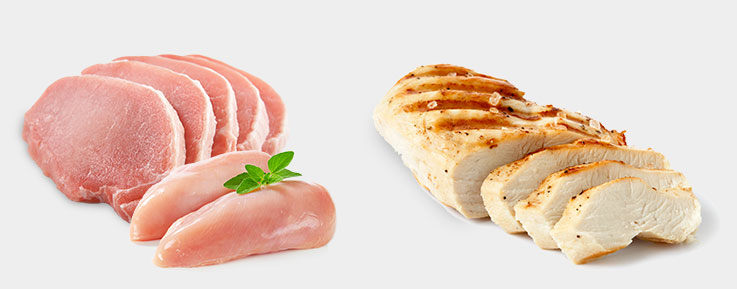
SOLUTIONS(S):
Blend of pH-stable red and white/opacity botanical juices
EXAMPLE:
Sensient’s highly concentrated beet juice and Avalanche™ vegetable juice blend
VISUAL PREFERENCE
RAW AND COOKED PINK/RED
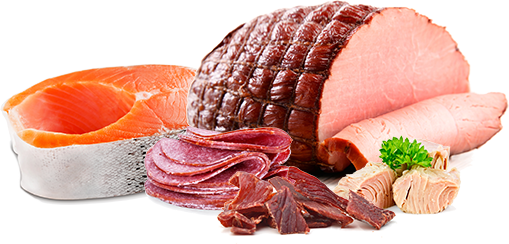
SOLUTIONS(S):
pH and heat-stable red botanical juice
EXAMPLE:
Sensient’s pH and heat-stable SupraRed™ beet juice
VISUAL PREFERENCE
RAW WHITE COOKED WHITE WITH GOLDEN BROWN OUTER
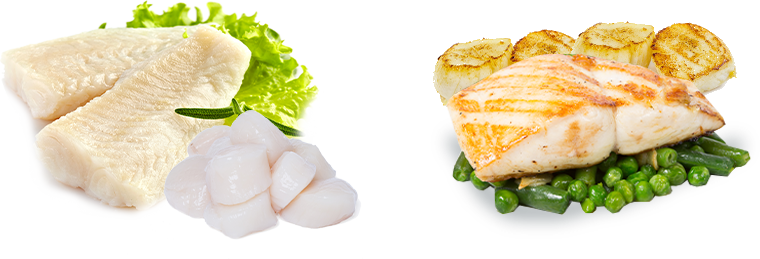
SOLUTIONS(S):
Botanical whitening/opacity solution with golden brown botanical juice
EXAMPLE:
Sensient’s Avalanche™ with cost-effective brown Sienna™ fruit juice

As you can see, the approach to visual aesthetics in plant-based meat analogues varies based on objectives, but with the many strides in botanical color innovation, achieving the desired appearance should not involve any compromise.
Because your brand success is ours, color solutions from Sensient also come with unparalleled technical expertise dedicated to helping you achieve the most attractive appearance to differentiate your product. Meet Zack Henderson, our residential plant-based butcher—he is all beets, no blood. You can setup a consultation with him here at any time.
SMELL: CAN’T BEET THESE AROMATICS

After sight, consumers’ olfactory senses are next at bat. While the receptors for smell and taste are separate, they are certainly intertwined. Our nose contains specialized cells that pick up odor molecules to initiate a neural response, aiding in the detection of flavors.
Flavors are comprised of base, middle, and top notes. Each flavor note plays a pivotal part in the sensory success of a plant-based meat analogue. The aromatics stemming from the top note immediately enhance the overall flavor perception providing those instant “grill” “fatty” or “smoked” profiles. While the middle, reaction flavor notes of “beef” “pork” or “ham” etc. evaporate slower and stay in your mouth longer. Then, the base flavor notes are the largest and heaviest background molecules with long linger. A full taste solution comprised of all three notes is most effective in achieving that umami explosion that consumers typically get from animal meats.
TASTE: NATURALLY FLAVORING MEAT ANALOGUES LIKE A MOSS
In a 2019 Sensient Consumer Survey, over 65% stated unhappiness with the taste of their meat substitute products. Since flavor is a key driver of purchase and especially repeat purchase in the plant-based meat category, getting it right is a very important undertaking. Replicating the rich and complex flavors of animal meats can be difficult to achieve in plant-based formulations, especially since base proteins like soy, pea, mung bean, and mycoprotein impart their distinctive taste profiles. Some of these inherent taste attributes can be very displeasing, but Sensient’s toolbox of Smoothenol™ masking technologies can target and mitigate any specific off-note in a plant-based meat formula.
Additionally, Sensient has an extensive portfolio of natural and vegan savory profiles like grilled hamburger, griddled sausage, and roasted chicken where we can leverage all of our flavor components (base, middle, and top notes) to create a custom taste solution, unique to your brand. With Sensient’s extensive range of natural and vegan meat flavors, our application technologists can create customized flavor solutions to meet any desired flavor profile.
Dehydrated spices and herbs can also help round out the perfect taste by adding heat, spice, flavor depth, and sizzle to plant-based meat formulas. Our taste developers pull from our our palette of dehydrated ingredients like onion, garlic, chilis, and herbs to complete taste solutions.
We can create very distinctive and exclusive taste profiles using some of Sensient’s specialty dehydrated natural ingredients like toasted onion or roasted garlic too. No need to settle for mediOKRA!
MOUTHFEEL: SUCCULENT & JUICY LIKE THE REAL DEAL
Not only can plant-based proteins add dryness to a product, but they can also create texture issues due to the mixture of protein sources. Typically, this challenge is often solved by adding fats and oils, which can have a great impact on a product’s end nutritionals. The healthiness of plant-based analogues is already being discussed in the media, and the added fats is an easy target to demonize.
Fortunately, there are other ways to address the lack of fattiness in plant-based meats. One way is Sensient’s Sensirome® Entice, a proprietary taste technology with a bundle of meaty benefits, including…
Builds back moistness and juiciness of texture to offset dryness
Clean label: “Natural Flavor” declaration

Enhances meatiness, saltiness, seasoning complex, and umami taste attributes
Validation of Sensirome™ Entice in Plant-Based Meatballs
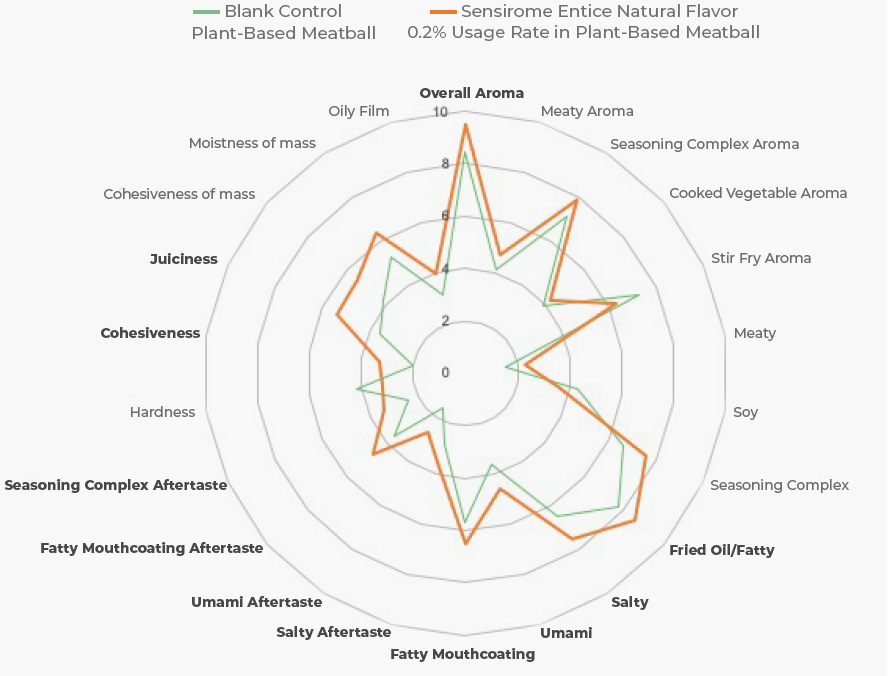
In studies performed by our in-house Sensory Team, Sensirome® Entice produced a softer, more cohesive, juicier, and moister texture than the blank control, enhancing overall flavor while suppressing undesirable soy protein attributes.
Brocc N’ Roll with Turn-Key-Sensory Solutions
Rather than a fragmentary approach to color and taste solutions for plant-based meat analogues, leverage Sensient’s robust suite of high-performing, natural sensory solutions for a holistic solution. Collaborating with a comprehensive sensory solution supplier like Sensient who has extensive experience in managing the compatibility and stability of complex botanical ingredient systems of natural color and flavor technologies can streamline formulation development by mitigating chances of reformulations due to ingredient interactions.
Our comprehensive development approach empowers product developers to give their consumers a delicious plant-based meat experience without any sacrifice on visual, smell, taste, and mouthfeel.
Ready to begin? Schedule an ideation session to launch our discovery together!





